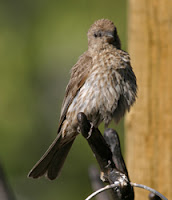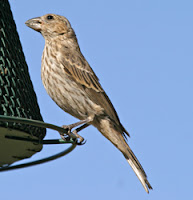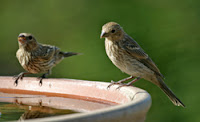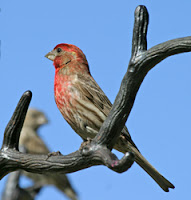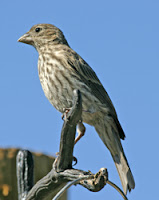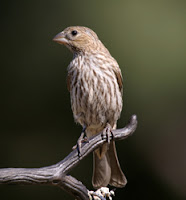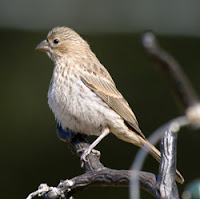Just a few short days ago, I was surprised to discover that my blog had reached the status of "Multicellular Microorganism" in the Truth Laid Bear blogospheric ecosystem. And I said, optimistically, onward and upward to the next stage of "Wiggly Wormhood". Well... Now something very unexpected has happened — for reasons that I do not understand at all, my blog has rocketed past Wiggly Wormhood and right into the "Crunchy Crustacean" neighborhood!
The complete Truth Laid Bear ecosystem:
Higher Beings
Mortal Humans
Playful Primates
Large Mammals
Marauding Marsupials
Adorable Rodents
Flappy Birds
Slithering Reptiles
Crawly Amphibians
Flippery Fish
Slimy Molluscs
Lowly Insects
Crunchy Crustaceans
Wiggly Worms
Multicellular Microorganisms
Insignificant Microbes
I'm even more puzzled now than I was on my blog's last evolutionary jump. But...I can't help but gloat over the way my blog is zipping up through the ecosystem's hierarchy! It's moved up three levels in a week — if I could keep up this rate, I might actually live long enough to see my blog make "Slithering Reptile", or (gasp) "Adorable Rodent"!
Now if only I understood why this was happening, so I could do more of the "right thing"!




